From five finger to peewah – Trinidad has a range of delectable exotic fruits for you to try. In our GrownHome episode with EatAhFood, they take you to La Vega Estate – a lush, tropical paradise located in Gran Couva, Trinidad that is teeming with fauna and flora from all over the world. Host, Chrisal joins owner, Bertram “Bert” Manhin to sample a cornucopia of exotic fruits that are available at the facility. Here’s a look at some of the unique fruits featured in this episode.
Chennette
Chennette, bears from the guinep tree or Melicoccus bijugatus, as known in Trinidad. Chennette is a tart, tangy, pulpy fruit with a protective green outer shell. The guinep tree is a member of the soapberry family, native to the New World tropics. This massive tree (growing up to 85 ft. high) can be found both cultivated and naturally grown in coastal areas and dry forests.
Peewah
Often enjoyed during festivities, peewah is a type of drupe, the fruit of the Bactris gasipaes species of palm tree native to tropical Central and South America. The fruit has an edible pulp which surrounds a single seed, with the fruit’s rind being red, yellow or even orange when ripe, depending on the variety of palm. Possessing a quaint, nutty flavour, locals love to boil or roast these small wonders, savouring their rich taste and texture.
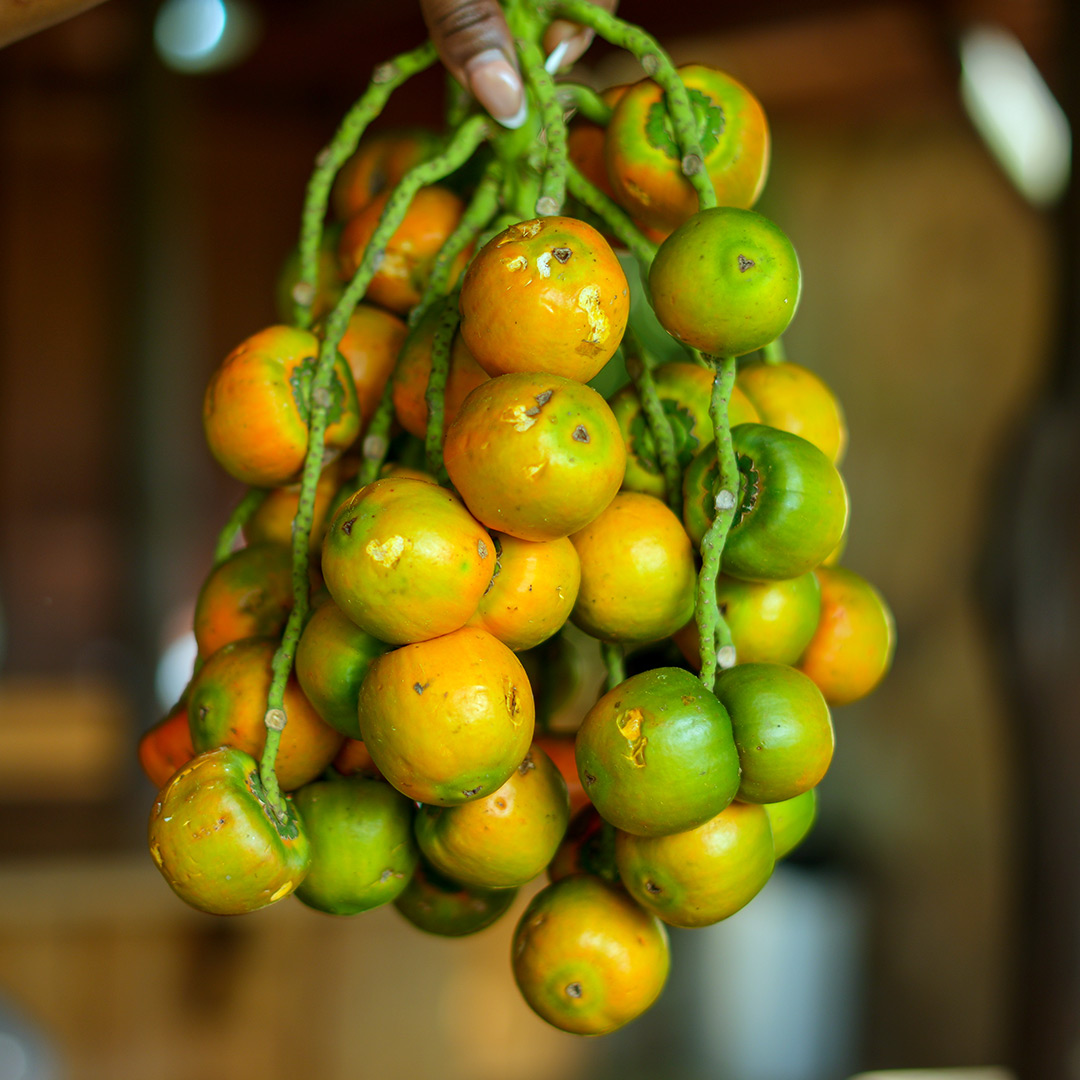
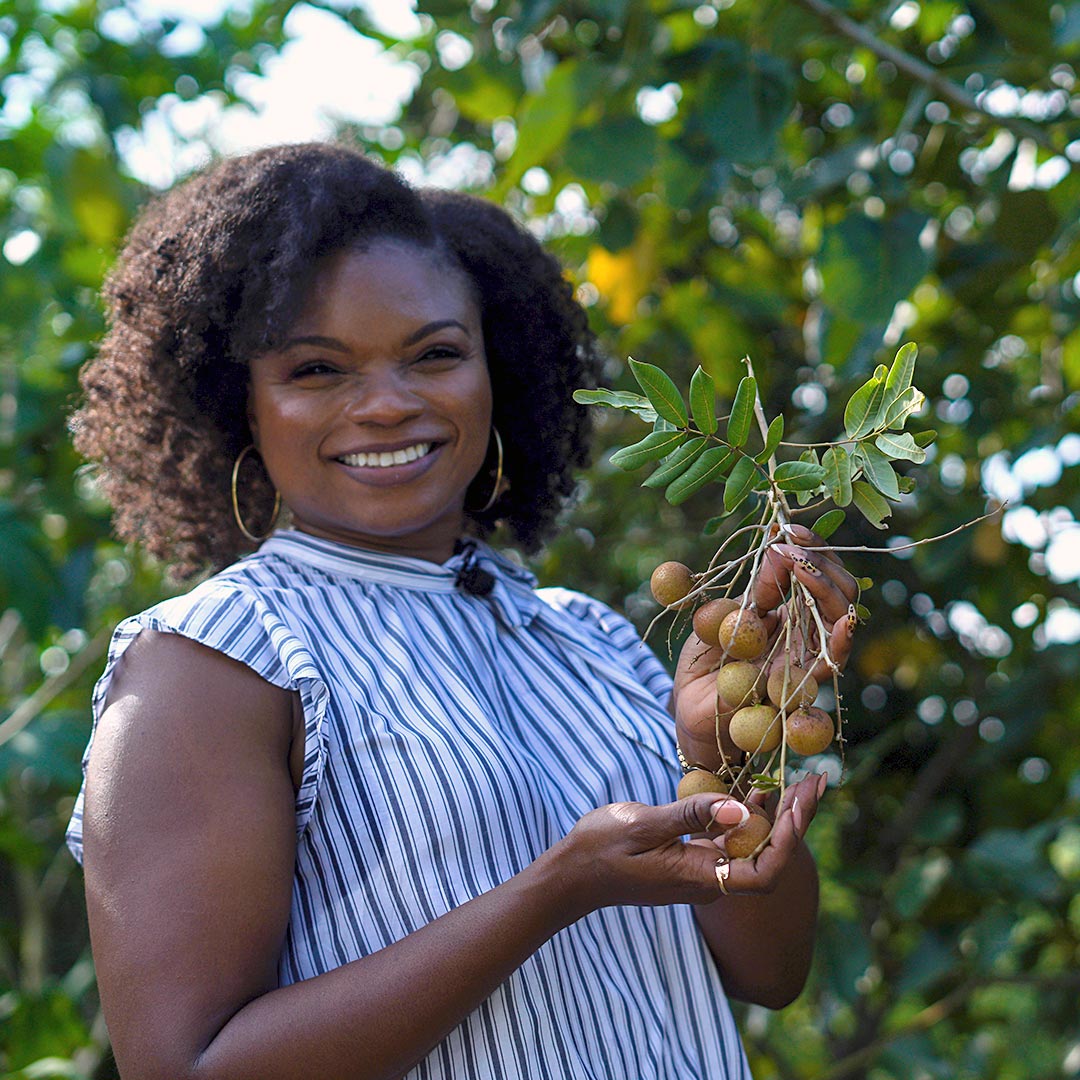
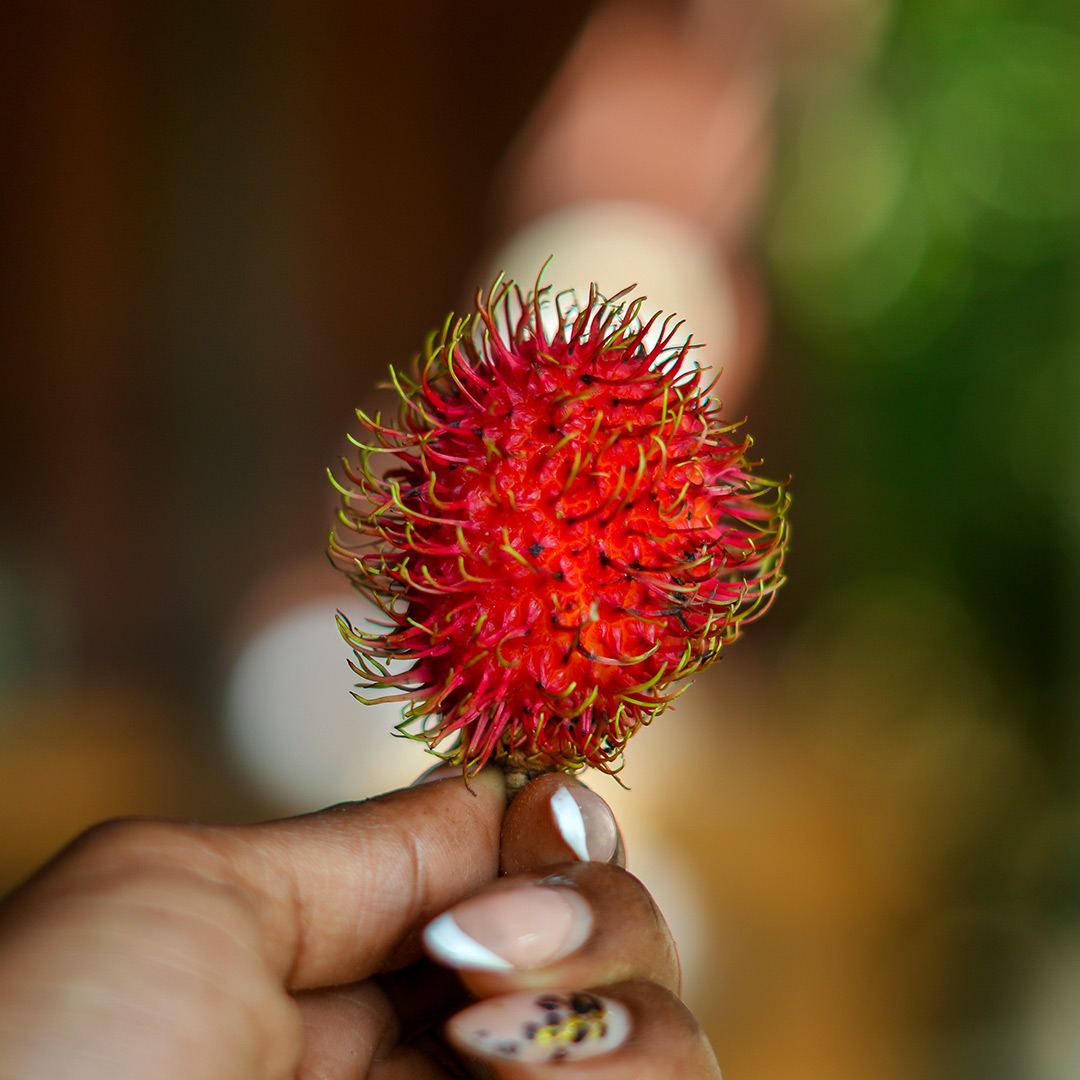
Peewah & Rambutan / Photo Credit: EatAhFood
Black Sapote
A tomato-like fruit with a pulp reminiscent of chocolate pudding in both appearance and taste, black sapote (Diospyros nigra) is enveloped in a skin which turns from olive green to deep yellow-green when ripe. Thriving in sunlight yet sensitive to drought, mature trees can grow to over 82 ft. in height and are evergreen.
Rambutan
A native of Southeast Asia, Rambutan (Nephelium lappaceum) is a medium-sized tropical tree, producing a unique single-seeded fruit. This fruit is named after the Malay world for “hair” because its golf ball-sized structure is encased in a hairy red and green shell, often compared to a sea urchin. It is related to the lychee, and its transparent white flesh has a sweet yet creamy taste and contains a seed in the centre.
Duku
Duku (Lansium domesticum) is a species of tree in the Mahogany family which produces clusters of oval-shaped leathery fruits with thick, transluscent white flesh. The taste is reminiscent of grapes and is used for various health purposes, notably in aiding digestive health and countering cancer.
Five Finger
Perhaps one of the more easily recognized contenders on this list, Averrhoa carambola, better-known as five finger, was named after an Arabian physician and is popular throughout the tropics. The entire fruit, which ripens yellow and resembles a star when cut in a cross-section, is edible. The trees can be planted year-round in full sunlight and the ripe fruits are a sweet-sour blend in terms of flavour. Popular consumption options in Trinidad include eating the fruits fresh, or as part of chows, relishes or drinks.
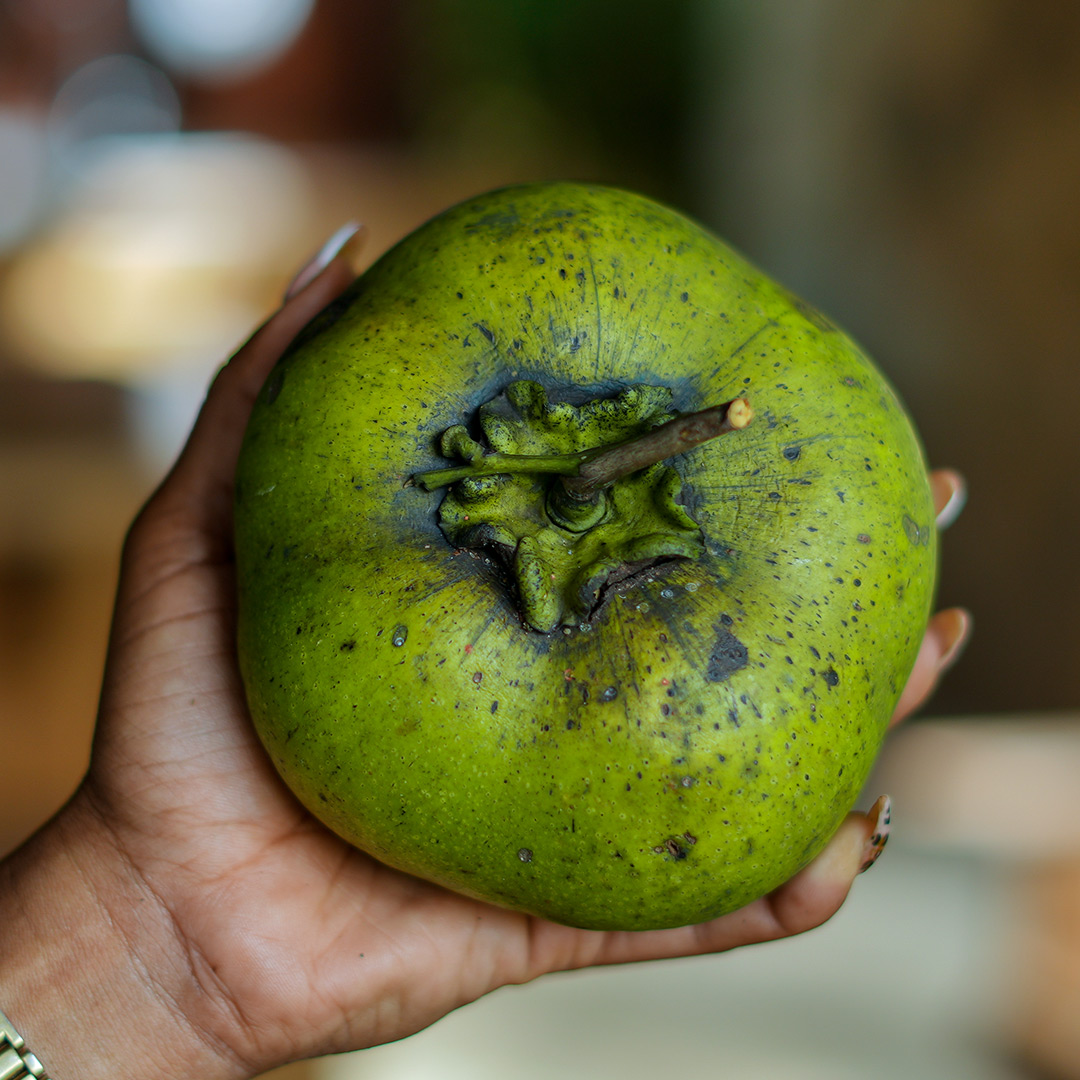
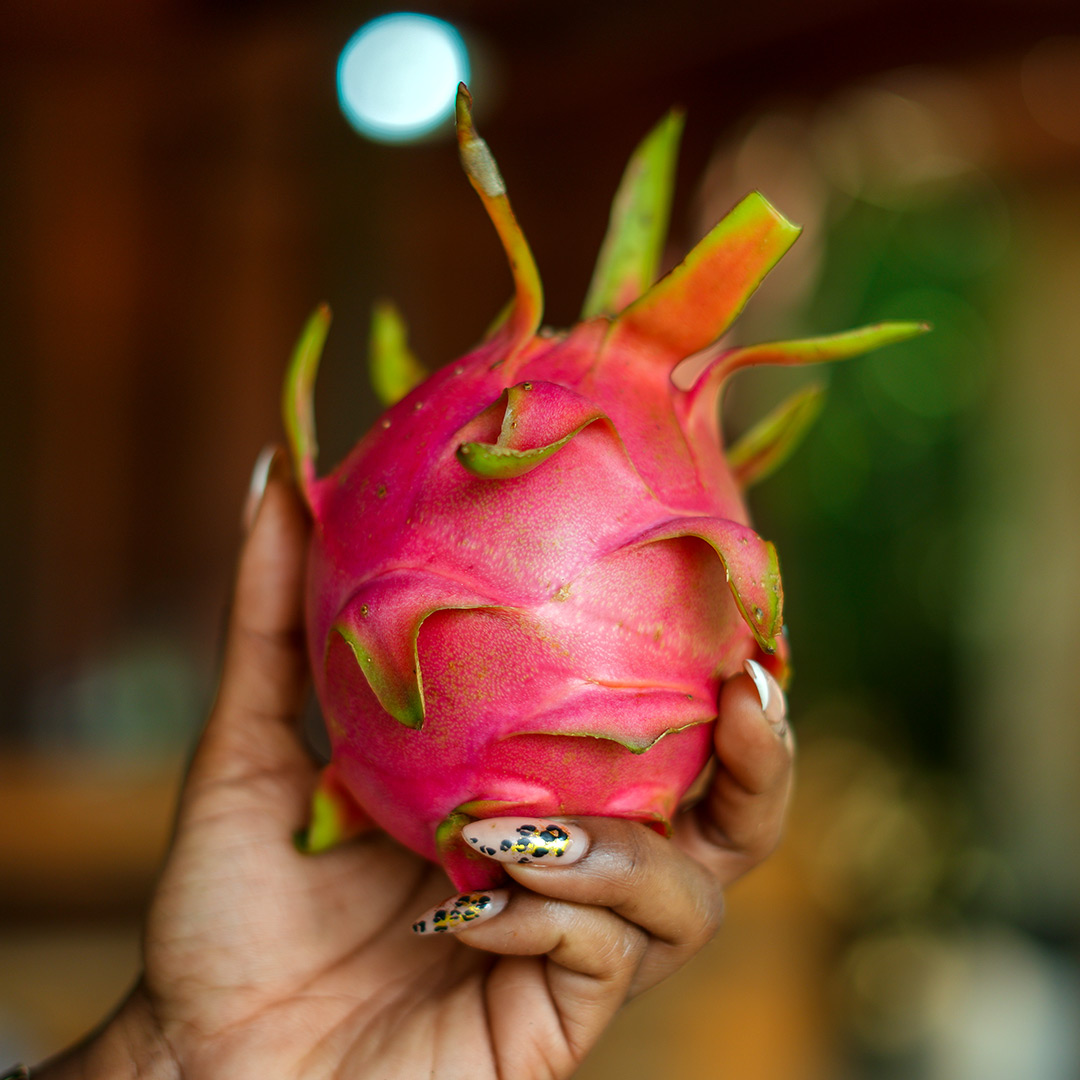
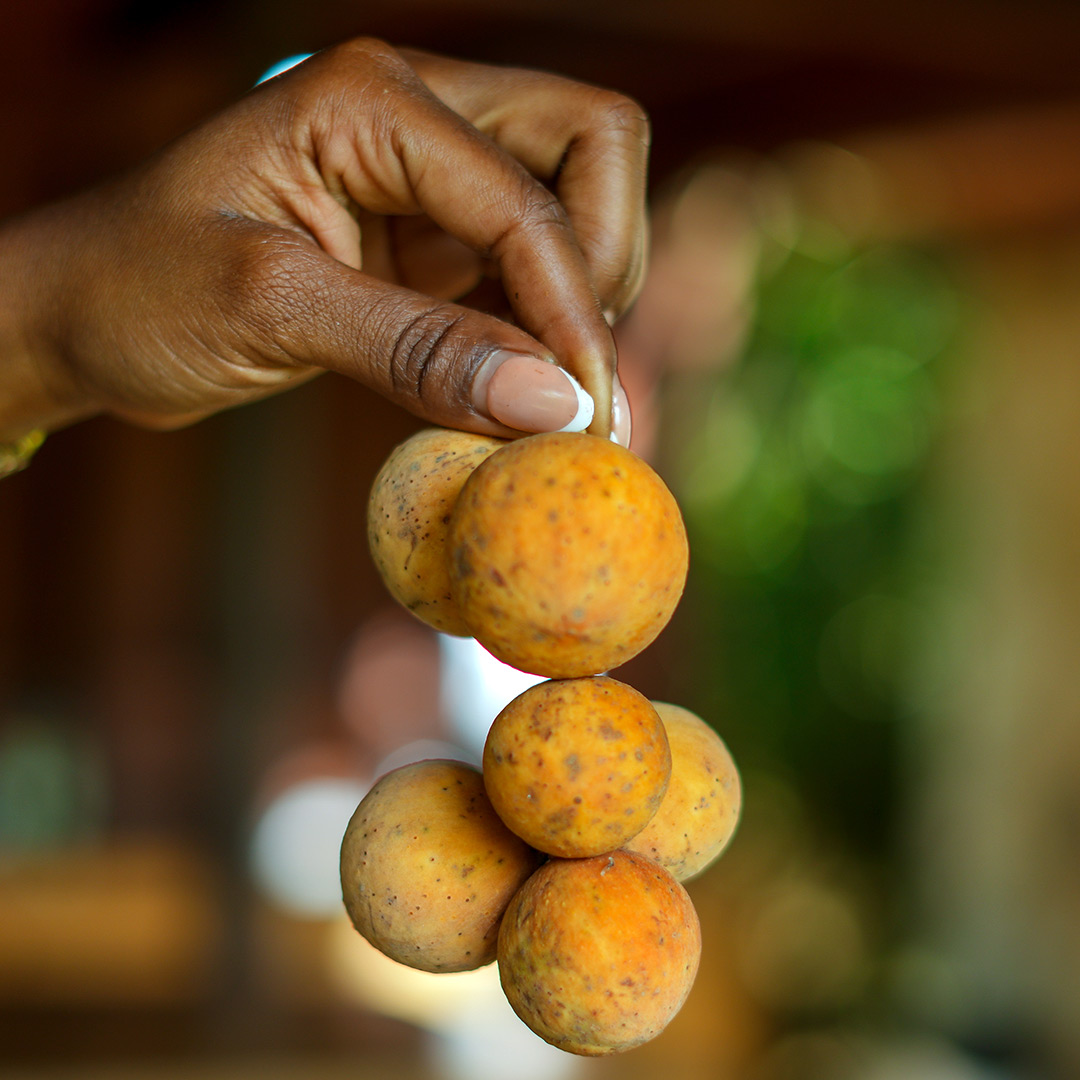
Black Sapote, Dragon Fruit & Duku / Photo Credit: EatAhFood
South American Sapote
“Quararibea cordata”, known as the South American sapote, is a large fruit tree native to the Amazon rainforest vegetation in Brazil and several other neighbouring countries. Though the plant itself has no major medicinal uses it is valued for its edible, large and round fruits with yellow orange pulp and sweet flavour.
Dragon Fruit
A tropical fruit that has become increasingly popular in recent years, it is low in fibre and high in antioxidants. Dragon fruit (Selenicereus undatus) is often said to have a taste which is a cross between a pear and a kiwi, and actually grows from a species of tropical cactus.
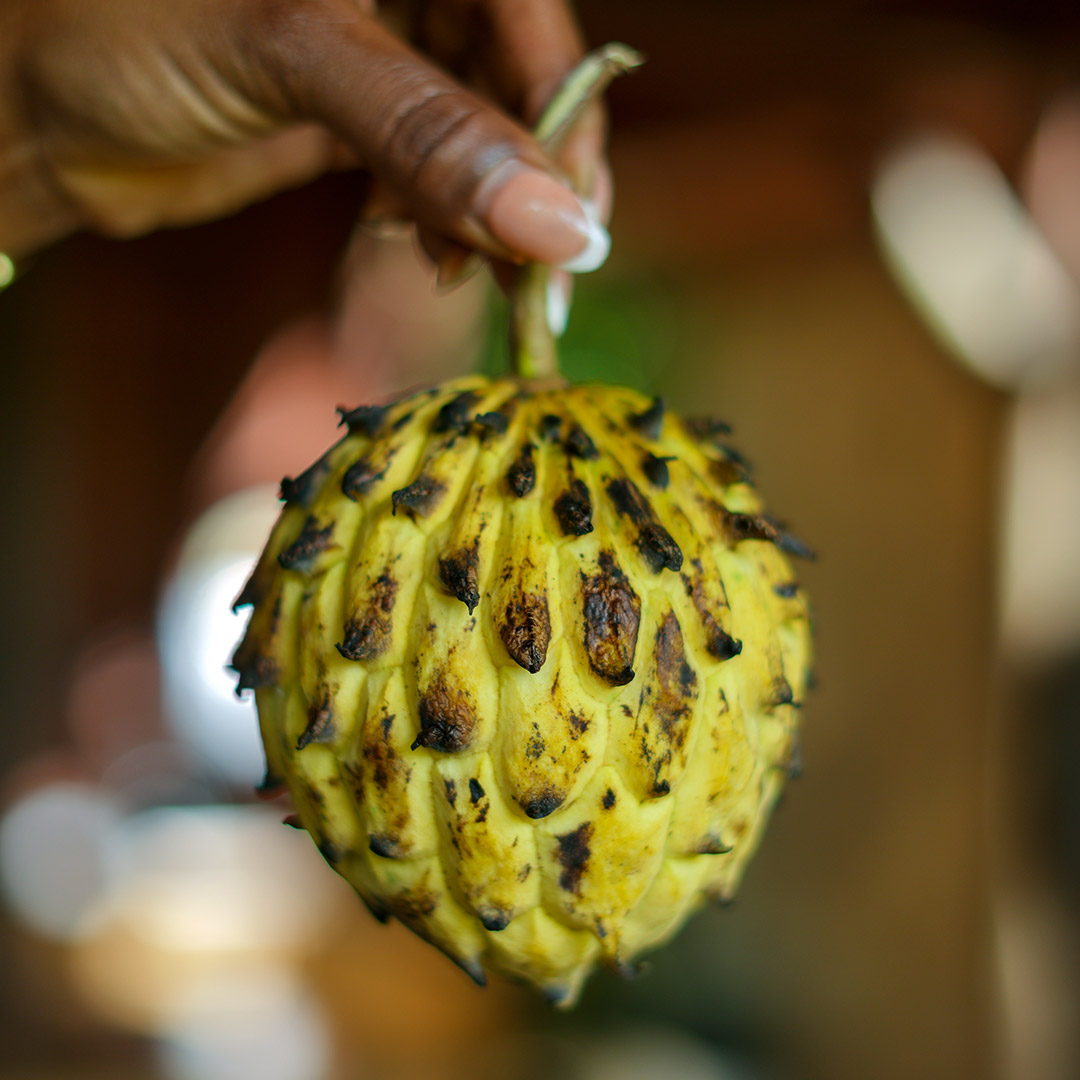
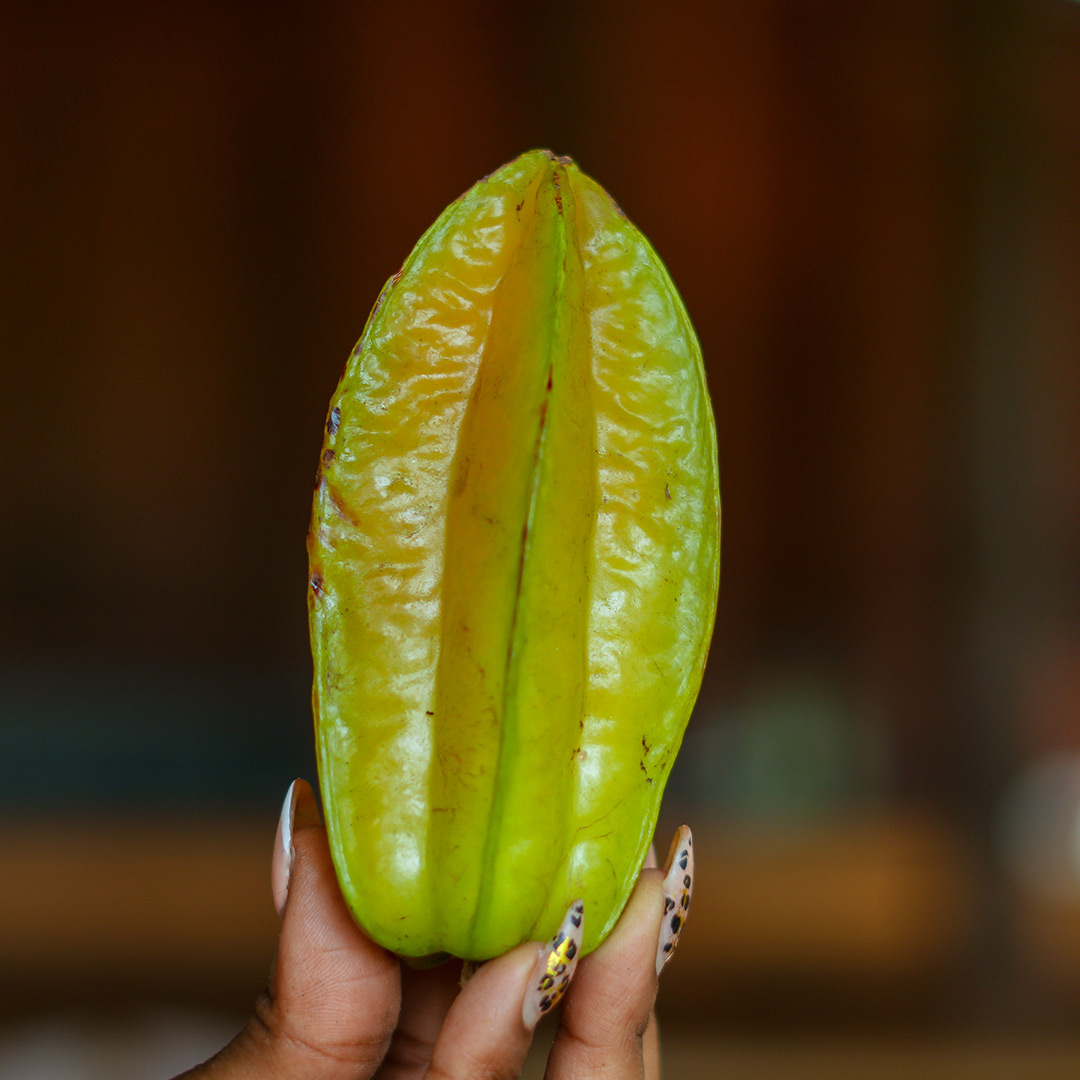
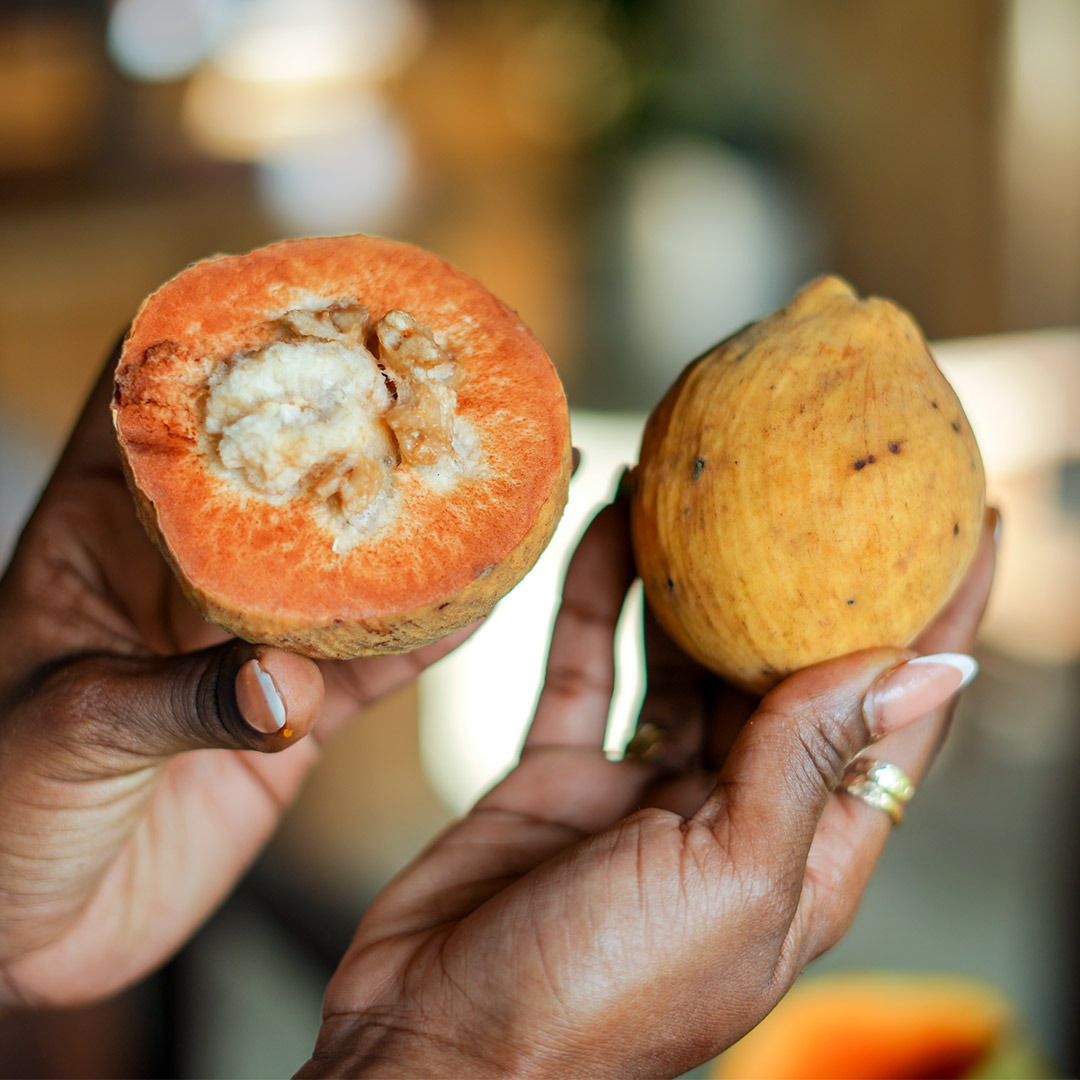
Rollinia, Five Finger & Santol / Photo Credit: EatAhFood
Pommecythere
Spondias dulcis, more commonly known as the June plum and pommecythere in Trinidad and the French West Indies, is a tropical tree which produces an edible fruit with a fibrous pit. Introduced to the Caribbean in the 18th century, the fruit is commonly grown in the region in home gardens as an intercrop with cocoa. In Trinidad though, orchards have been set up to cater for periods when mangoes are out of season. This fruit is extremely popular in local chows and relishes, as well as in juices.
Rollinia
Rollinia (Rollinia deliciosa) is a tropical fruit which has an extensive natural range, encompassing a large swathe of both South America and the Caribbean, Trinidad included. Rollinia is yellow in colour and has a lemon-meringue flavour and a soft, slimy texture and can be used in a variety of desserts and treats.
Santol
The santol fruit ( Sandoricum koetjape) is a round fruit about the size of an apple, containing a white, juicy tissue with 3-4 brown seeds and wrinkles that extend from the base and downy rind with thin, milky juice. The flesh is sour, even when ripe, but after a while it becomes sweet and vinous. Santol belongs to the Mahogany family, only one of the two edible fruits in this category.




